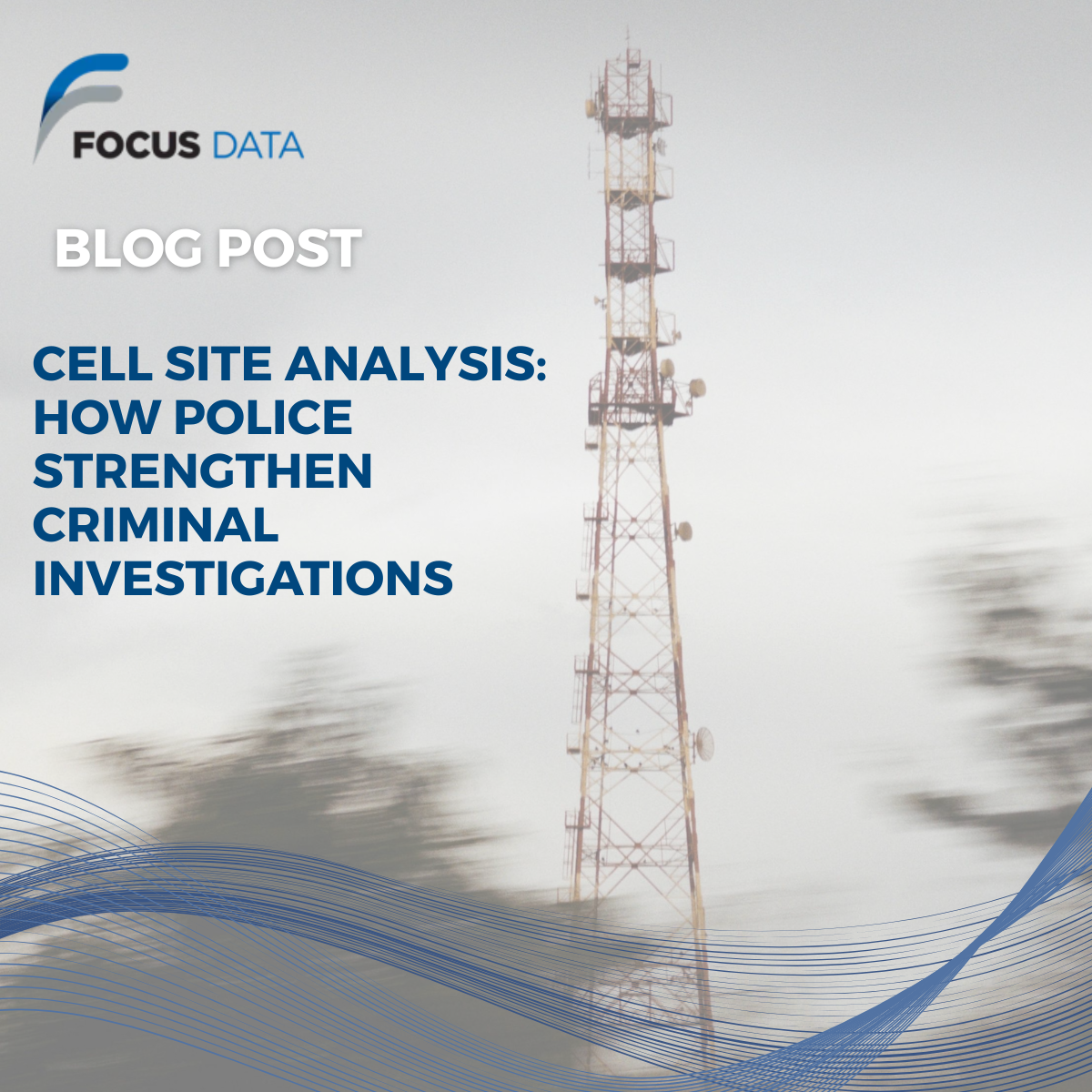
26 Aug Cell Site Analysis: How Police Strengthen Criminal Investigations
Cell Site Analysis: How Police Strengthen Criminal Investigations
Cell site surveys have become a vital tool in modern policing, offering a scientific method to pinpoint mobile device locations and strengthen criminal investigations. When suspects use mobile phones, they leave behind a digital trail of their movements through interactions with cell towers. Police can leverage this trail to verify or challenge alibis, place suspects near crime scenes, or identify patterns of movement.
To achieve this, two core techniques are employed: cell site analysis and forensic radio surveying.
What is cell site analysis?
Cell site analysis involves reviewing historical Call Detail Records (CDRs) to determine which towers a suspect’s phone connected to during key times. This data can approximate a user’s location, but is affected by signal behaviour, terrain, and tower configuration. For more precision, forensic radio surveying is conducted. This technique maps real-world signal strength and tower coverage in the area of interest, confirming whether a mobile device could have realistically connected to a specific tower.
Using specialized apps or equipment, officers perform field surveys to collect GPS coordinates, cell ID, and signal strength. These readings, when matched against CDRs, validate or refute location assumptions. Forensic accuracy is enhanced when surveys are documented with timestamped logs, signal data, and metadata.
Such data, when interpreted with care, provides courts with powerful evidence to corroborate witness testimony, unravel deceptive narratives and disprove alibis. It has proven crucial in cases involving organized crime, homicides, and abductions. As cellular networks evolve with technologies like 5G, these tools are becoming even more precise, reinforcing their role in delivering justice.
How Police Use Cell Site Surveys to Strengthen Investigations
In any major investigation, placing a suspect at, or away from, a crime scene can be make or break. That’s where cell site analysis comes in. It’s one of the most effective tools police have to reconstruct movements and build or challenge timelines using mobile phone data.
Every phone call, text, or data session leaves behind a digital footprint via the cell towers it connects to. We can extract those connections from Call Detail Records (CDRs), which give us a general sense of where a device was at a given time. But mobile phones don’t always connect to the closest tower; signal strength is affected by buildings, terrain and even the weather. That’s why we don’t just rely on tower data. We test it.
A cell site survey is where an officer goes to a location, say, the scene of the crime, and uses a specialist app or equipment to record which towers are serving that area. It maps signal strength, tower IDs, GPS location, and other variables. By comparing this survey to the suspect’s CDRs, we can say with more confidence whether the phone, and possibly the person, could’ve been there.
This isn’t guesswork. When done properly, with clear methodology and full audit trails, survey data stands up in court. It’s used to confirm or contradict alibis, trace movement patterns, or disprove testimony.
Put simply: cell-site surveys help us turn mobile phone data into hard evidence. And that’s often the difference between closing a case or not.
Police use cell-site surveys to map mobile signal coverage at specific locations. By comparing this with call records, they can verify if a suspect’s phone could have connected to a nearby tower. This helps confirm presence, trace movements, and strengthen or challenge evidence in criminal investigations.
Cell-site surveys help police verify where a mobile phone could connect to the network at a specific location and time. By comparing this with call data, investigators can confirm or dispute a suspect’s presence, trace movements, and support critical decisions in criminal cases, all with reliable, court-admissible evidence.

No Comments